Seasoning cast iron creates a nontoxic, non-stick surface that browns food easily and gives fried foods a crisp, caramelized flavor, unobtainable in Teflon™ coated frying pans or stainless steel. Use this step by step tutorial to restore and preserve your cast iron pans and create a non-stick surface you can trust, without the toxins in modern cookware.
Grandma had a secret in her kitchen that’s missing in many modern kitchens. The pots grandma used to make pancakes, sauté onions, and simmer her famous soups and stews were cast iron. Her cast iron skillets and soup pots had a non-stick surface that didn’t peel off like Teflon™, Silverstone™ and other polytetrafluoroethylene coated pots. Those cast iron pans got better and better every time grandma cooked. If you were lucky enough to inherit one of grandma’s cast iron frying pans, this is how to bring it back into use, so that you can have Grandma’s secret ingredient working for you, too.
Cast Iron skillets and pans require seasoning to protect the pan from damage and to make cooking and clean up easier. Seasoning cast iron is easy to do at home and is a necessary home skill for those who are cleaning the toxins out of their home. A few well-seasoned cast iron skillets and pans can replace the toxic, peeling Teflon™ pots you may currently have in your cupboard. Cast iron is an inexpensive alternative to heavy stainless or tri-ply copper pots, the other choice for even heating and fuss-free clean up. A good quality cast iron skillet or Dutch oven will last a lifetime and be passed on to grand children.
The more you use a cast iron pan the better it cooks, so don’t leave your cast iron pans on the shelf, collecting dust. Get them out and use them like Grandma did.
Cast iron pans have a long history
Flat bottomed cast iron pans, have been used since the 1800s when woodstoves were first introduced. Prior to this legged cast iron pans were used for cooking over an open hearth fire or outdoors. The traditional cauldron was actually a 3 legged cast iron cooking pot that was created to cook suspended over a hearth fire or nestled into a bed of coals on an open fire. It was also called a “Dutch Oven” or “Camp Oven” and is a common feature in camp kitchens and barbeque culture today. For instance in South Africa the same pot is called a Potjie (pronounced Poi-kie) and it used both for camping and for family BBQs to cook a delicious one-pot meal of long-simmered meat, potatoes, and vegetables.
In the beginning of the 20th century cast iron pans were the popular choice with many manufacturers offering options that ranged from plain skillets in different sizes to specialty pans like waffle irons, pizzelle makers, Æbleskiver pans, bread pans, and cornbread molds.
If you are shopping for a new-to-you cast iron pan, keep your eyes open at thrift stores, garage sales, and antique stores. You’ll want to go with a price list though, as used pans with no brand markings can sometimes cost more than a brand new pan from Lodge.
The Lodge Foundry in Tennessee is still making cast iron pans in the USA today. Lodge pans come pre-seasoned in the factory but you will need to refresh the seasoning of the pan periodically to retain that black finish.
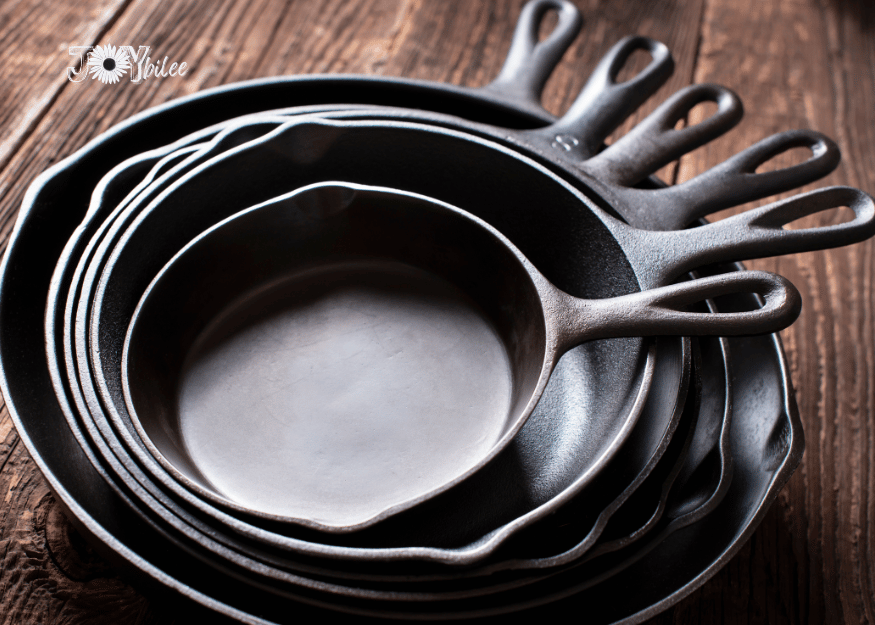
Properly seasoned cast iron pans offer a non-stick cooking surface that makes both cooking and clean up easier. A cast iron pan can go from stove top directly into the oven, making one-pot meals a reality, and lessening clean up time. Cast iron heats evenly and holds its heat even after the heating source is turned off, using less energy for cooking.
Enamel cast iron pans
There are two kinds of cast iron pans. Unlined cast iron pans will be black or grey inside and out. These are the pans that require periodic seasoning.
Enamel-lined cast iron pans do not require seasoning. Enamel-lined cast iron might be colored, white, or cream inside and painted outside. Enamel cast iron retains the heat and even cooking that cast iron is famous for, but requires special handling to prevent scratching of the enamel surface. The enamel is not non-stick in the same way that seasoned cast iron is. Use silicone, wood, or plastic tools to prevent scratching the enamel lining of the pan.
Unlined cast iron pans don’t require special plastic or silicone non-scratch cooking tools, which when used at high cooking temperatures give off their own toxins into the food. Stainless steel flippers and spoons or wooden spoons and ladles work well with cast iron pans and won’t damage the seasoned surface.
A cast iron pan that has not been seasoned with be dark gray in color from the raw iron process. The black patina we associate with cast iron comes from the seasoning process that is from polymerization of the oils into the surface pores of the cast iron. As you cook in the cast iron, the flavors of the foods and the oils that you use create layers of seasoning in the cast iron, making the food you cook in it taste even better. The best cast iron pans are the ones that grandma cooked in because they had decades of flavor cooked into the iron. But if you don’t have a well-seasoned skillet from grandma, its not too late to start your own cast iron cooking tradition.
Seasoning cast iron cookware
When you get a new cast iron pan you’ll need to season it before you use it the first time. Even if it comes seasoned, like Lodge™ cast iron pans that are made in the USA, you’ll still want to wash it in hot, soapy water and oil it before you use it the first time. I like to season all my cast iron every 3 or 4 months so that even pans I’m not using regularly continue to be protected while they sit in my cupboards.
- Wash it in hot water that you’ve added dish soap to. Rinse it well to remove any soap residue.
- Dry it completely. (I use unpaper towels for this not my white tea towels because residual seasoning can stain the towel.)
- Oil it with a light coating of organic coconut oil, beef tallow, lard, or olive oil. Wipe out any excess oil. You can also use other oils like shortening, bacon grease, or sunflower oil. I would avoid oils like canola oil, and soybean oil. Ideally you want an oil with a high smoke point. You only need a thin layer of oil.
- Put it on the bottom rack of your oven and turn the oven on to 350°F and bake the oiled cast iron pan for 1 hour. Turn off the oven heat and leave the pan in the oven until it has cooled down to room temperature.
- Repeat this process every 3 or 4 months or anytime you notice that food is sticking on the pan or there is uneven color on the inside of the pan.
Some people recommend never washing cast iron with soap and water. However, washing with mild dish soap and hot water is fine to remove cooked-on food, provided harsh abrasives are not used. Harsh abrasives can remove the seasoning and may pit or damage the smooth surface of the cast iron. You won’t need to season the pan again to restore the seasoning after washing, but you should refresh the oil seasoning anytime you find that the food is sticking.
If you need a little more abrasion to remove cooked on food, use kosher salt with a teaspoon of oil and rub it across the surface of the pan, rather than using metal scrubbing pads. Dry the pan thoroughly after cleaning and oil again with cooking oil before you use it again.
Anytime you notice food sticking to your pan, simply oil the clean pan again and slip it into the oven when you are cooking something else. Cast iron is really simple to care for, and once you get the hang of it your cast iron pans will last generations, just like grandma’s.
Never do this in your cast iron pan!
- Freeze food — food expands when freezing and might weaken the iron.
- Boil water — residual water can rust the cast iron
- Store food — the moisture from food can rust the cast iron
- Microwave food
- Clean in the dishwasher — the moisture can rust the cast iron
- Simmer acidic foods for long periods — acid can leach iron from the pan into the food
Cooking Tomatoes in Cast Iron
A properly seasoned cast iron pan will not leach iron into high acid foods like tomatoes. However, a new cast iron pan may leach iron. Some doctors recommend that those who are low on iron cook tomatoes in cast iron, as an iron supplement. However, simmering acidic foods in cast iron may pit the cast iron and spoil the smooth surface of the pan. This is the one case where enamelled cast iron is useful.
How to remove rust from a cast iron pan
Even rusty cast iron can be restored for use provided that the pan isn’t cracked. If your pan is an expensive collectors item, consult with a professional before attempting to restore the pot. But if you want to restore a rusty Dutch oven or skillet for cooking, begin by removing the rust from the pan.
If the rust is scant following the steps above to season cast iron will be the only care you need to restore the pan. However if the pan has flakes of rust you’ll need to take more heroic measures.
- Begin by removing all the flaking rust with a wire brush.
- Make a paste with kosher salt and vinegar and rub this into the rusted surface of the cast iron pan with a sponge to remove the rust. Wipe out the excess with clean paper towels.
- Repeat the salt and vinegar rub until no further rust remains.
- Wash the pan with hot soapy water. Dry thoroughly inside and out.
- If the pan is pitted and the surface is damaged use fine steel wool to smooth out the cooking surface of the pan. Wear a mask and gloves for protection from the iron filings.
- Once you are satisfied that the pan is restored, season the pan using the steps above.
Are you ready to toss out your peeling Teflon™ pans and offer your family a nontoxic alternative? Lodge™ Cast Iron is American-made, and easy to find in the US and Canada. My local Home Hardware™ store carries Lodge™ brand cast iron pans at reasonable prices. Lodge is also available through Amazon, saving on shipping costs.
Grandma used her cast iron skillets and pans to make outstanding meals every day. You, too, can take grandma’s skills for seasoning cast iron and create notable meals. Remember, the more you use a cast iron pan the better it cooks. Take your cast iron pans off the shelf and use them to make the meals that make memories.

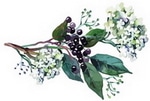

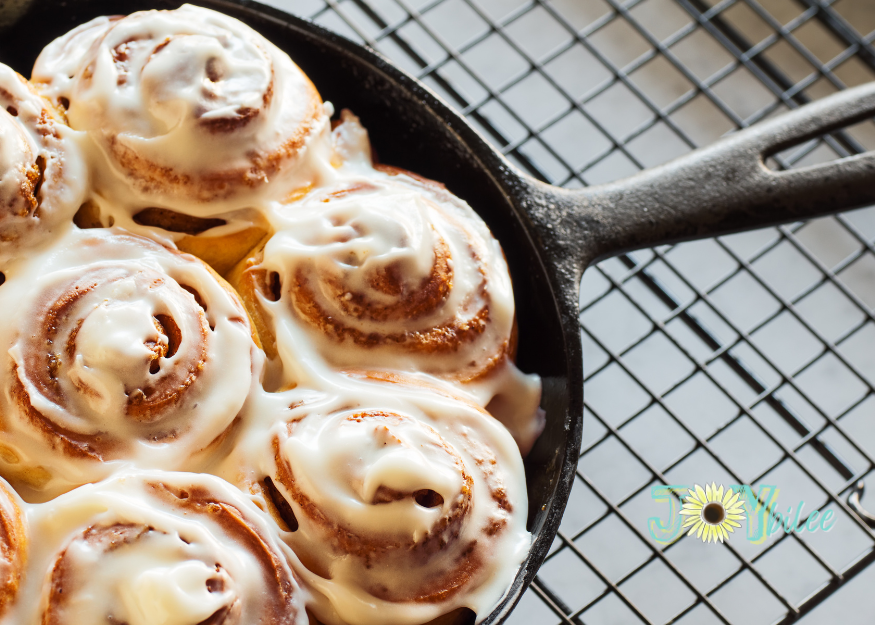


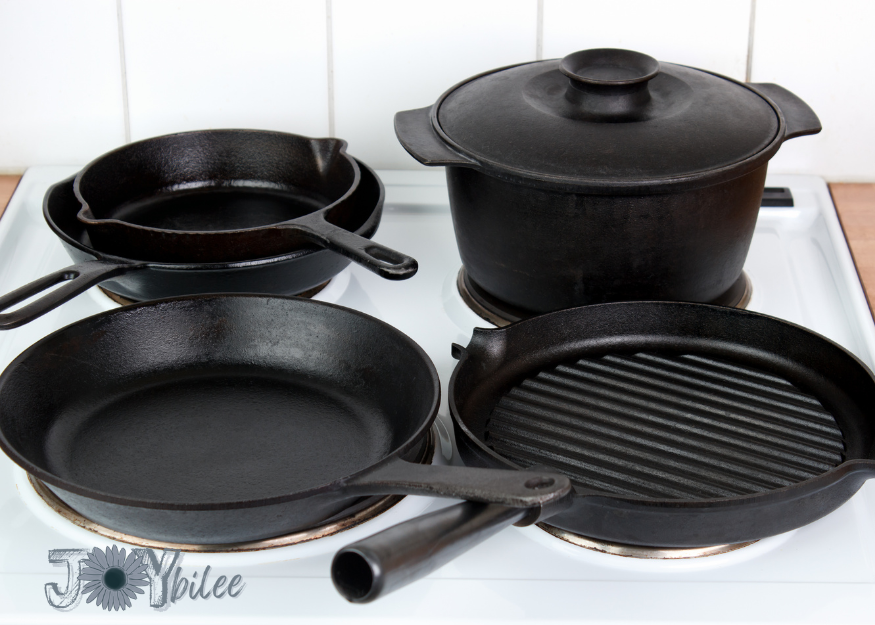

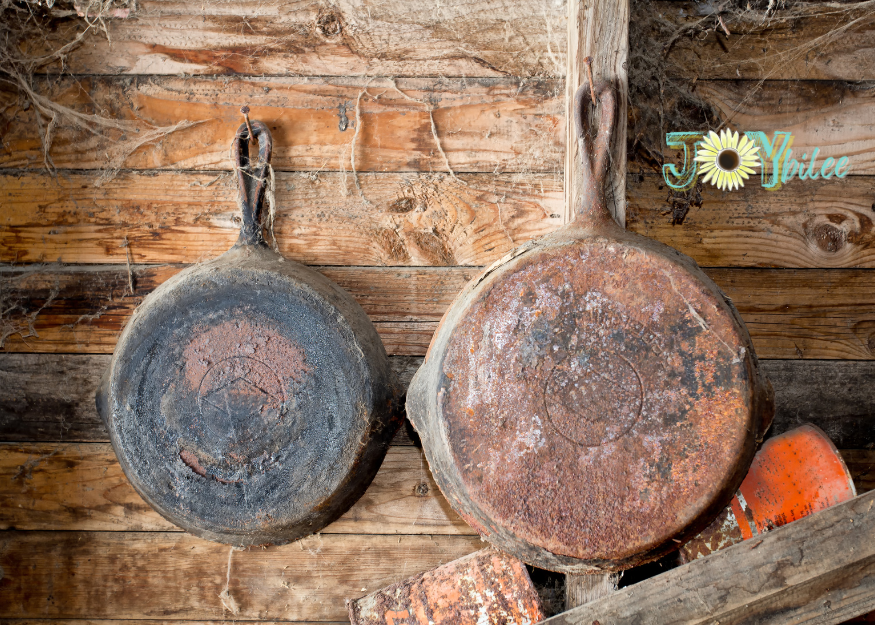
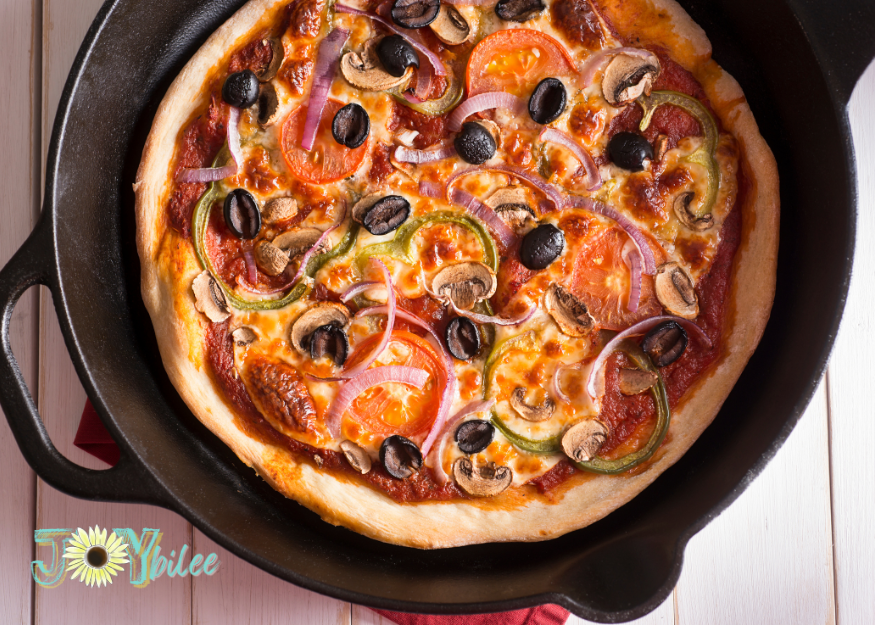

I agree with you. My grandmothers probably never heard of organic anything, let alone coconut oil or olive oil. They used lard or just bacon grease to fry foods and probably bacon grease to season food, and I’m sure they used one of those to season their cast iron.
I followed the link from your page on ways to use beeswax for seasoning cast iron but there is no mention of using beeswax here!
DO NOT boil water in it. it WILL take it off. I would not use Bar Keepers Friend either. We wipe out all extraneous food and oil with paper towels, then rinse in really hot water with a non-scratch scrubbie. put it on the stove over low heat just long enough to evaporate the water, or towel dry really good. to remove stuck on bits, use a metal spatula or a scraper. In the 20 years I’ve been using cast iron, I’ve never had the seasoning fall off. Same goes for my stainless steel wok. Good luck!